Playing ‘yarn chicken’ is the subject of memes and online jokes. We’ve all been there: one eye on our work and the other on the tail end of our yarn getting shorter and shorter. It is soooo frustrating when the game is lost, and the tail end slips into our work half a row short of the end of the pattern. Or perhaps you’ve settled down to start a new project, only to find your stash doesn’t have everything you need. No yarn, no new project. It’s a variation on the yarn chicken game, but one where you run out before you even start.
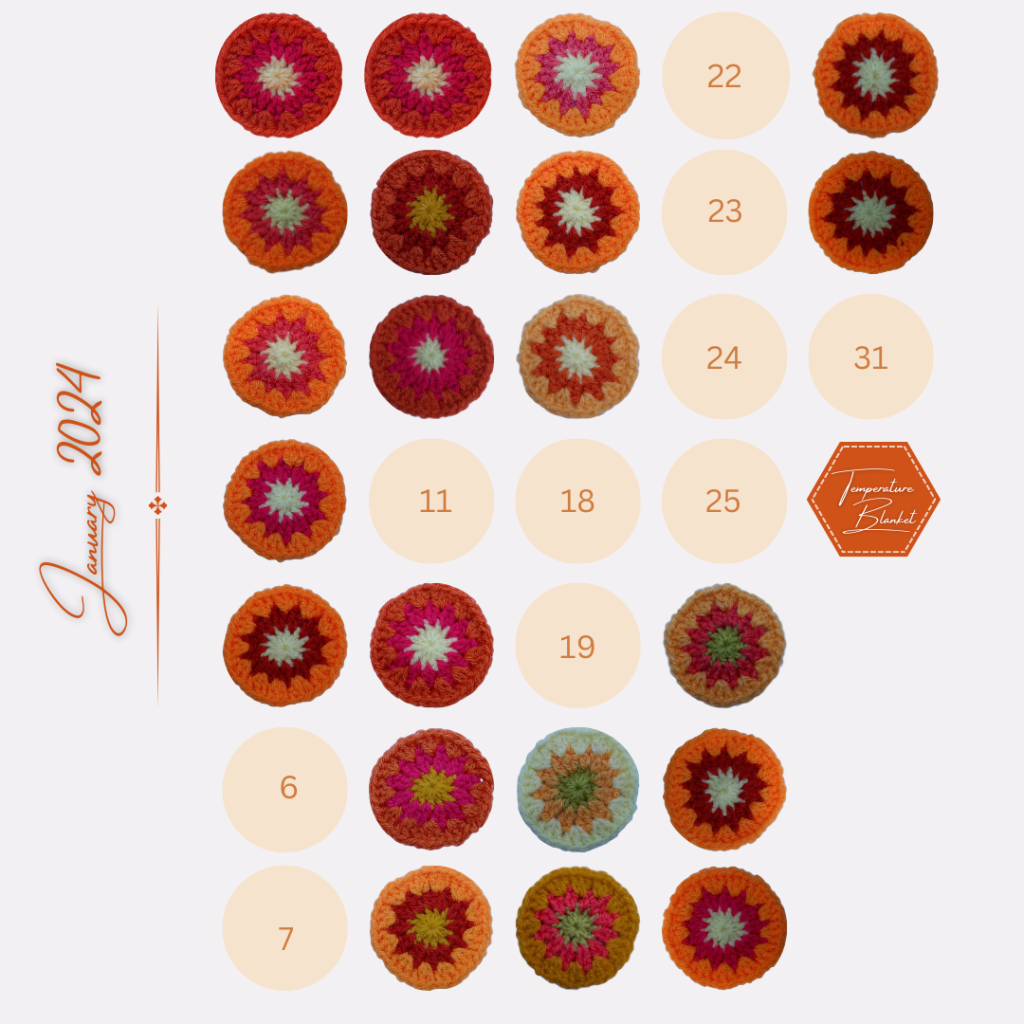
If you are anything like me, the very first thing you do is head over to your favourite online shop and place a quick order for yarn. Next – muse over delivery choices – the conscious-pricking dilemma of choosing between your yarn arriving the very next day for a higher cost, or settling for the cheaper but slower 3-5 working days option. I never ever choose the fast option. Especially not for a single skein. Never. Honestly. Never, ever, ever.
So what happens if you have all these experiences but live in a country where you don’t have an online yarn shop at all, and where you have one small craft shop servicing a very large town, with limited choices and erratic supply? That’s what my sister faces. So grab a cup of tea and settle down for a story about the Zimbabwean experience of ‘yarn chicken’. This is a story about the intrepid adventures of a yarn skein and its friends, journeying from it’s cosy shelf in the bosom of Wool Warehouse, and travelling across jungles, mountains, lakes, savannahs and deserts to arrive in a crumbling, but warm-hearted and sun-bathed country called Zimbabwe.

My sister and I are doing a joint temperature blanket project. Find more details about our project here, but the main thing to know for this story, is that the idea behind our project depends on us having exactly the same yarn colours. For me, this is easy: I head over to my favourite online wool shop and place an order. For my sister, it’s difficult, to say the least.
Her small local craft shop, which stocks yarn in one section, does not stock Stylecraft, Yarnsmiths or Scheepjes, so that’s an immediate non-starter. Instead, she looks to South Africa and yes, it turns out that we can get Stylecraft via a couple of online shops, but not ALL the colours and we were unable to find an online supplier for Yarnsmith’s or Scheepjes.
The next thing to consider is price, and in Zimbabwe, that’s complicated. There are a few considerations and I’ll go through them one at a time.
First, our Zimbabwe Dollar currency (if you can even call it that) has absolutely no value at all. It is impossible to successfully run a business using it so, instead, Zimbabweans buy and sell produce using the more stable currencies of South African Rands and US Dollars. Foreign currency is much in demand, and the value is determined by two exchange rates: the official government exchange rate and the black market exchange rate.
The official exchange rate is usually the lower more affordable one, but the problem is the banks don’t have currency to buy and sell easily (unless you are a member of the corruptocracy who help themselves to the country’s wealth and foreign currency), so most people are forced to trade using the black market exchange rate. (Think of the profits to be made if you can buy currency at the official rate, and sell at the black market rate. That’s the corruptocracy.)
Irrespective of how a person comes by their Rands, the value of them is really dictated by the black market rate on the day. It’s a total mystery to me how that is set. This all translates to a remarkable experience when doing a daily shop. Imagine reaching a till, with a basket of groceries and your first question is, “What’s your rate today?” You then have to swiftly calculate the cost of your goods, converting to either Rands or USD, and decide whether to purchase or not. The brain power that goes in to that astounds me, but it has become second nature to Zimbabweans.
The government occasionally goes through the motions of threatening to crack down on all businesses using a black market rate. When that’s happening, you might arrive at the till and be quoted the low official rate, because the shopkeeper is fearing arrest. You would more than likely choose to leave your shopping and go somewhere else to try and get more bang for your buck. People in Zimbabwe ‘shop around’ not only for price, but for a good rate too.
The next factor affecting price is transport. Here in the UK I can choose between a variety of delivery options and be reasonably confident that my yarn will arrive within stated times. In Zimbabwe, the mail system is non-existent. No one I know would ever consider sending a parcel by mail. Purchases from South Africa usually arrive courtesy of a ‘Runner’ (I’ll tell you about Runners in a bit), and that incurs a cost.
Finally, depending on the value of what you’re buying, you may also have to factor in ‘duty’. So the final price of the yarn is the cost of item (Stylecraft is already a little pricier in South Africa than the UK because it is imported) + black market value of currency + runner fees + duty.
Now, let me tell you about ‘Runners’. When the Zimbabwean economy collapsed in seriously spectacular fashion, citizens were forced to rely on buying almost everything – from tins of beans to toothpaste to toilet paper – from neighbouring countries. This created an opportunity for employment, and individuals offered to ‘run’ to South Africa and Botswana and do personal shopping in exchange for a fee. These are our ‘Runners’: ordinary people turned entrepreneurs who are also personal shoppers / couriers / and, frankly, general life-savers.
The border posts between Zimbabwe and South Africa heave with Runner activity. Small vehicles and trailers loaded to the sky with everything imaginable. If someone in Zimbabwe needs it, a Runner can bring it. My favourite memory from a Zimbabwean border post was seeing one of these vehicles teetering under products, and, right at the very top of the pile of goods was… a kitchen sink.

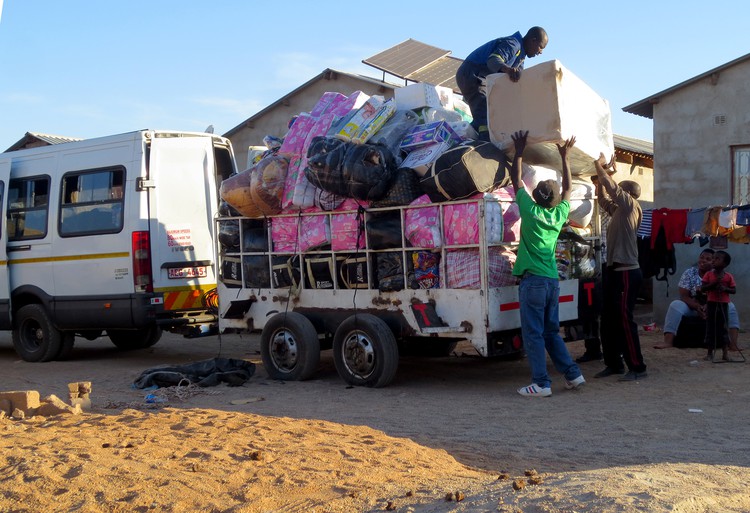

So this is how my sister’s Stylecraft yarn might arrive in Zimbabwe should the price be right. Unfortunately, the price wasn’t. We worked out that, all things considered, it would only be marginally more expensive if we sourced the yarn from the UK instead; besides, we’d still need to get the Yarnsmiths and Scheepjes yarn from here because we couldn’t find an online stockist in South Africa.
There is, believe it or not, a Runner we use who ‘runs’ across continents and facilitates deliveries between the UK and Zimbabwe. Her price depends on the value of the goods, how bulky they are, and the weight. Yarn, while light, can be extremely bulky, and if it was too bulky the price could be exorbitant. So to limit bulk and keep the price reasonable, my sister prioritised purchasing the yarn she thought she’d need immediately, based on her impression of what the temperatures in Zimbabwe are likely to be like at this time of the year. (Can you see where this is heading ..?)
Need Nijmegen on 7 days. Ouch!
Decisions made, I placed our order, and a kind soul at Wool Warehouse picked the unsuspecting innocent little yarn skeins off the shelf for me, packed them in a white organza drawstring bag, and sent them on their way. The first stage of their journey was predictable: a seamless transfer from Wool Warehouse in England to me in Scotland.
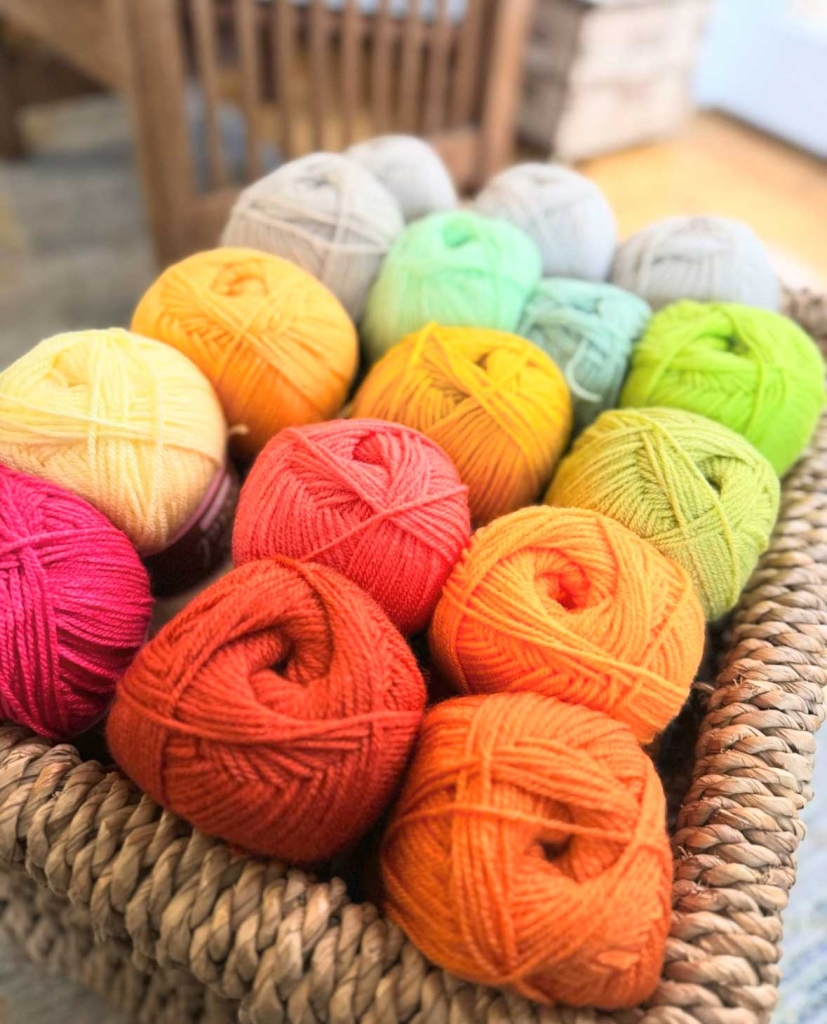

When they arrived, I swooned over their glorious colours for a short while before setting about trying to reduce their bulk. My first frustration was the realisation that two skeins of our chosen joining colour (Scheepjes Colour Crafter DK ‘Hasselt’) had to be jettisoned because I couldn’t fit them in my vacuum bag. Then I stood on the bag while suctioning the air, my vacuum cleaner’s motor straining to suck out every last molecule of air. When I finished I was left with a solid brick. I strapped this lavishly in parcel tape to try and avoid it re-inflating at an inconvenient time before it arrived, and then packed it in a postal bag to keep it as light as possible. Finally came the time to post it off to unknown people at a residential address in the UK that I’d been given. (This is very much a trust-based business). And off they went, these jolly little skeins turned around and headed straight back down to England.
Their journey from there to Zimbabwe is a mystery to me. I have no idea how our Runner manages it. Does she freight it? Or does she simply pack suitcases and pay overweight baggage. Does she do this journey every two weeks herself, or does she employ people to do it for her. I’m fascinated. Irrespective, she is friendly, helpful and reliable, and we’ve got to know her. Above all, we are very grateful for her services.
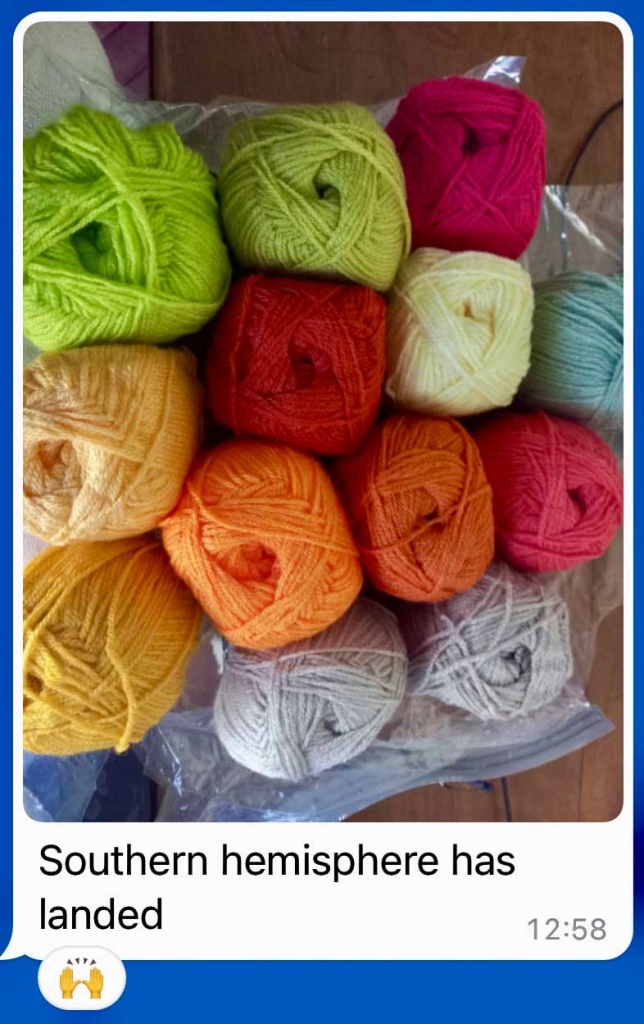
My part was over. My sister allowed some time to pass, then she visited our Runner’s shop in Zimbabwe, a small room in a private home stocked with ‘goodies’ that people can buy, all brought in by her from the UK. At Easter, she stocks Easter eggs, and I’ve seen Tesco’s mince pies at Christmas. She also has things like Branston’s pickle and underwear. The prices are UK retail prices, with an additional mark-up. Living here in the UK, as I do, I am absolutely stunned at what people will pay for, say, a packet of M&S Percy Pigs sweets. And behind the counter are all the parcels sent to Zimbabwe from the UK awaiting collection, including my sister’s yarn. The entire turn around time is a little over two weeks.
My sister finally had her yarn. She sent me a Whatsapp saying, ‘The southern hemisphere has landed’, accompanied by a photograph of the glorious little skeins now in Zimbabwe. It turns out that they arrived with the vacuum bag slit open, and as bulky fully inflated skeins, but nothing was missing.
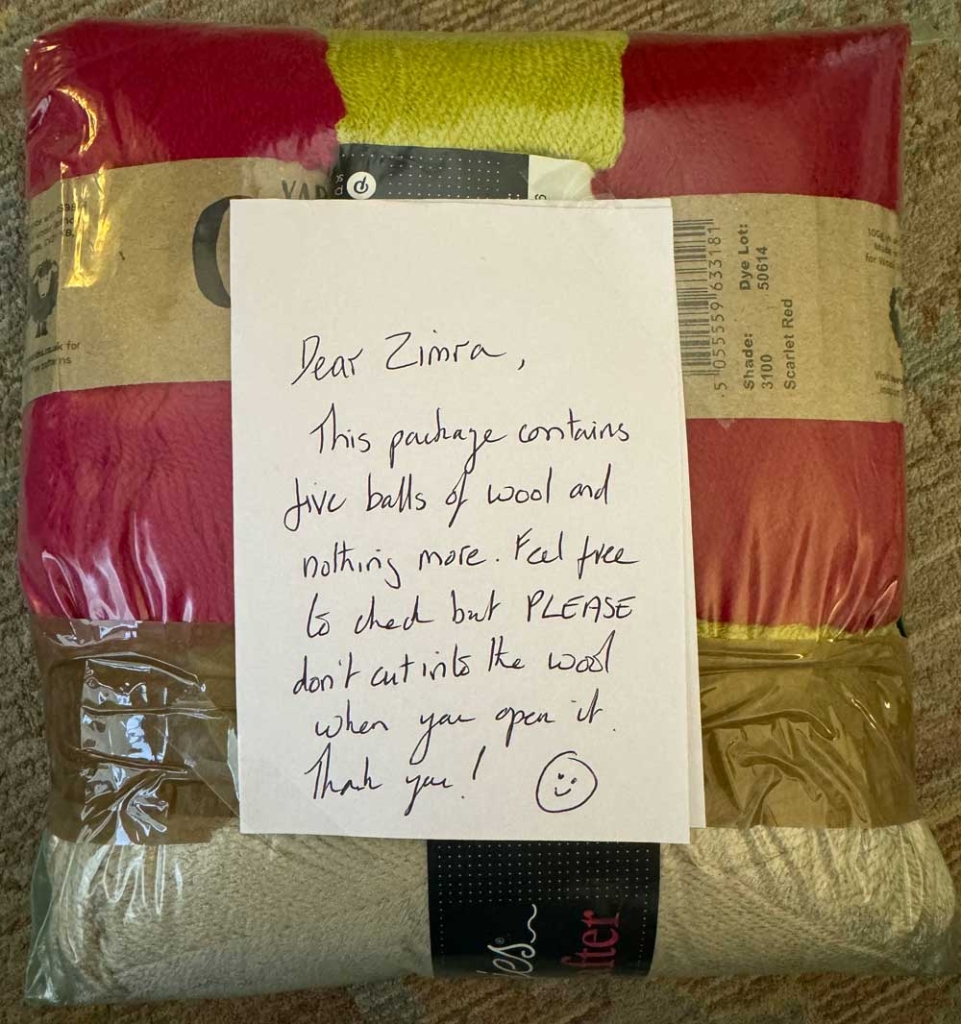
Why was it slit open? Well, that’s another side of the story. Zimbabwe customs, or, as the person in our Runner’s front-room shop said, sighing and shaking her head wearily, “….these guys”. Nothing more needs to be said. We all know. Customs rummaging through our suitcases when we come into the country, demanding to know who the items are for (as if its any of their business), querying the value, intent on either charging duty or soliciting a bribe from an exhausted traveller who wants to avoid excessive duty. Pure harassment. Sometimes with a smile, and sometimes with intimidation. But always harassment. “These guys” indeed.
The story doesn’t end there. For once, the twist in the tale isn’t corruption or theft or an excessive delay, but it is a twist that gives the concept of ‘yarn chicken’ completely new meaning. This time the twist is a natural phenomenon and comes in the form of the vagaries of the weather. Serves my sister and I right for choosing to do a ‘temperature blanket’!
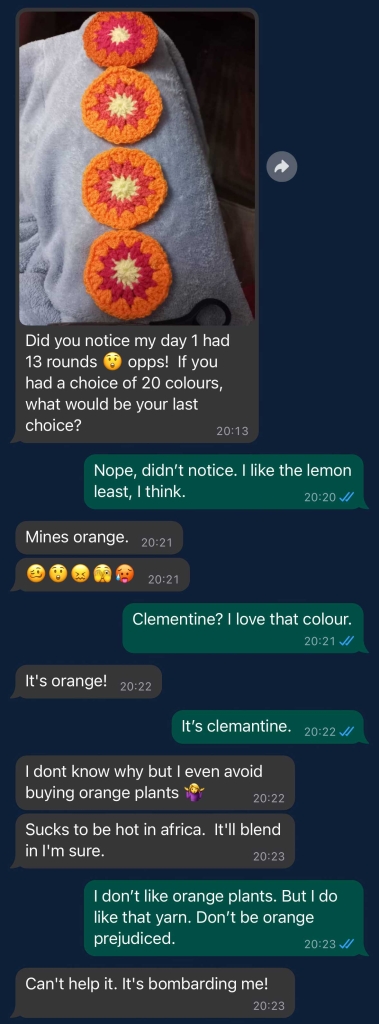
A day into starting her Southern Hemisphere version of the project, my sister sent me a Whatsapp: “Need Nijmegen on 7 days, Ouch!”. She also needed ‘Scarlet Red’ on one of her days. Of course, we hadn’t thought Scheepjes Colour Crafter DK ‘Nijmegen’ would be needed at this time of the year, nor did we consider Yarnsmith’s Create DK ‘Scarlet Red’, so we hadn’t included either. We lost yarn chicken, Zimbabwe-style.
So the ordering, squishing, packing, and posting process started again.
Yesterday I sent off a smaller parcel containing ‘Nijmegen’ and ‘Scarlet Red’, plus two other colours on either side of those to buffer us from the weather. I also included one of the joining colours I had to jettison in the previous order, and a note for customs. Thank goodness I included a buffer because today, after the parcel had already been posted, my sister sent me a WhatsApp saying: “Guess what… Yesterday was a ‘Fuchsia Pink’ day. 35C”. Whew. ‘Fuchsia pink’ is in the parcel, but if temperatures climb to 37C, we’re in trouble again.
While she waits, my sister is doing what she can with the colours she already has. It’s hot, so there’s a lot of orange to crochet, she says (especially ‘Clementine’), and my sister doesn’t like orange. Well, that’s not my fault, Sissie. I blame the weather. Hopefully by the time the next parcel arrives the weather will have changed, and hopefully it’ll only require yarn colours that I’ve already sent! Next delivery will be in person, by me, when I visit.
Update:
Well, temperatures have reached an astonishing (for this time of the year) 37C. ‘Kortrijk’ was not in the parcel, so my sister has used a temporary yarn until I can bring more when I visit in a month or two.


The colours are beautiful. You have absolutely captured the essence of Zimbabwe. Can’t wait to see the end product.
Wow, you and your sister are showing true commitment to the crochet cause! We are so lucky in the UK to get things next day if we want to.